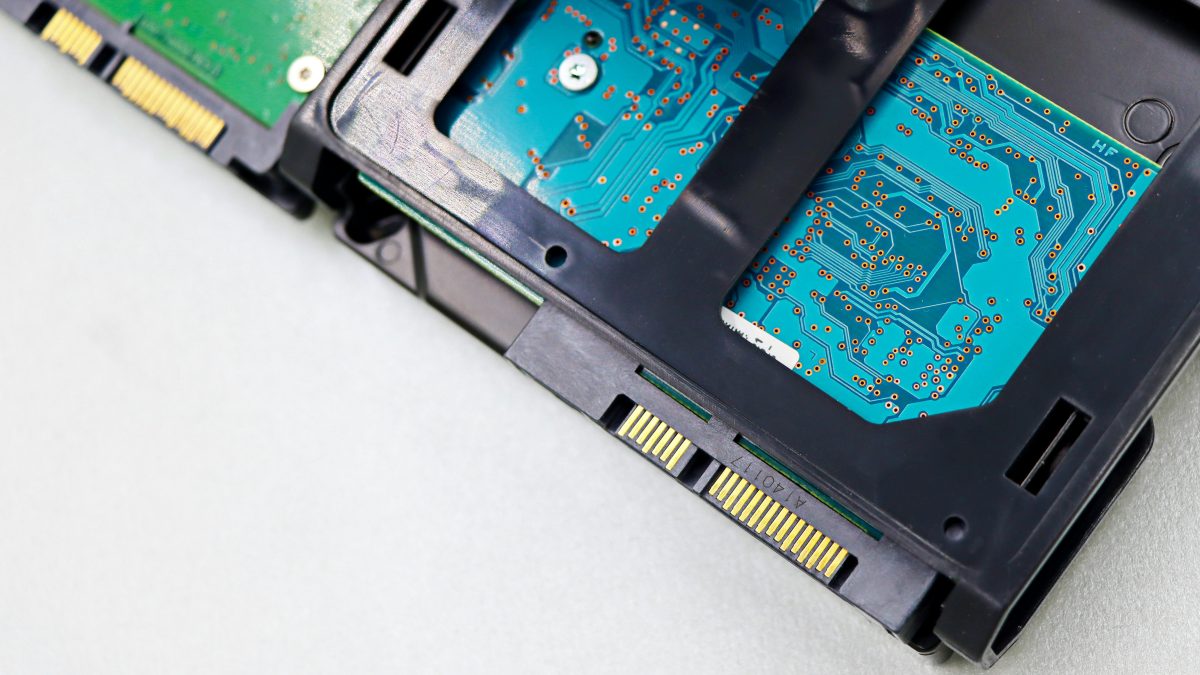Smart solutions for modernisation without refactoring. This model has proven particularly effective for organisations looking to migrate to the cloud or adopt hybrid solutions without compromising the security, predictability, and performance of their current systems.
The main techniques that enable this transition include:
- Smart lift-and-shift: This technique involves moving existing applications to a modern infrastructure with minimal disruption.
- Containerisation of legacy applications: By encapsulating and isolating legacy applications in lightweight, portable environments (containers), you can simplify updates, manage dependencies and integrate these systems with new architectures efficiently. This facilitates deployment in cloud and hybrid environments.
- Infrastructure virtualisation (SDDC – Software-Defined Data Centre): SDDC allows all components of a local data centre (computing, network, storage and security) to be replicated in cloud environments. This approach ensures control, consistency and the ability to manage infrastructure as code, increasing agility and reducing errors.
- High-performance network storage: For high-performance applications, it is crucial to ensure that cloud storage performance is equivalent to the local environment. Using standard protocols such as NFS, SMB and iSCSI, it is possible to enable these applications to operate in the cloud with the same performance, eliminating bottlenecks and ensuring smooth operations. When applied strategically, these solutions not only enable a more secure and cost-effective transition, but also generate measurable gains in operational efficiency and response time. Tangible benefits of modernisation without refactoring.
The adoption of these strategies has provided significant results for various organisations, which have reported:
- Up to 30% reduction in operating costs: Infrastructure optimisation and efficient use of resources result in a significant decrease in expenses.
- 1.5 percentage point increase in average availability: Modernisation improves system resilience, ensuring greater uptime and minimising disruptions.
- Up to 34% improvement in infrastructure utilisation: The ability to optimise and allocate resources more efficiently leads to better use of existing infrastructure.
- Up to 5 times faster migration time: Compared to completely rewriting applications, modernisation without refactoring dramatically speeds up the transition to new platforms.
- Lower operational risk: By keeping legacy code intact, the risks associated with errors and incompatibilities are minimised, ensuring a smoother and more predictable transition. Comparison of strategies and conceptual illustration.
For a better understanding, it is essential to visualise how different workloads can be mapped to modern solutions without the need for deep changes to the source code. This allows for a layered evolution, aligned with the pace of the business.
Real-world use cases
Sectors such as finance, government, healthcare, and manufacturing are already successfully applying this model, with notable examples:
- Financial institution: Migrated more than 100 workloads to a dedicated virtualised environment in the cloud in less than two months, maintaining its legacy architecture and saving 30% in annual costs.
- Public Agency: Began delivering new digital services four times faster by encapsulating front-ends in containers and keeping legacy back-ends fully functional.
- Manufacturer: Eliminated bottlenecks in MES/SCADA applications by using cloud storage with performance equivalent to the on-premises environment, without altering existing systems.
- Telecommunications company: Reduced its data centre footprint by 60%, while keeping its legacy billing systems fully functional. Call to action: Start your modernisation journey. The time to act is now. Modernisation without refactoring offers a solid, proven path for companies that want to evolve responsibly. We suggest you choose two or three systems as pilots, apply one of the refactor-free modernisation strategies, and measure the results in 30 days. This pragmatic approach can generate concrete evidence and drive expansion of the model across the organisation. The combination of security, economy, and agility makes this approach the ideal choice for the future of your IT infrastructure.












